In expert hands, even the simplest action can have the most magnificent result – and that’s the philosophy behind kirigami. Inspired by the Japanese practices of origami (folding) and kirie (cutting), kirigami artists turn ordinary paper into extraordinary artforms: using only a blade, folding techniques, and – occasionally – a dash of glue.
Despite its humble materials, the possibilities of kirigami are limitless. Here, Hazel Plush meets some of the people pioneering this complex, compelling craft: as you scroll down, remember that each of these pieces is hand-made only from paper…
Omoplata 56 (Double Hedgehog)
By Matt Shlian – Michigan, US
Matt’s paper art began with a fascination with pop-up books. He cuts and folds origami shapes, and assembles them into intricate structures.
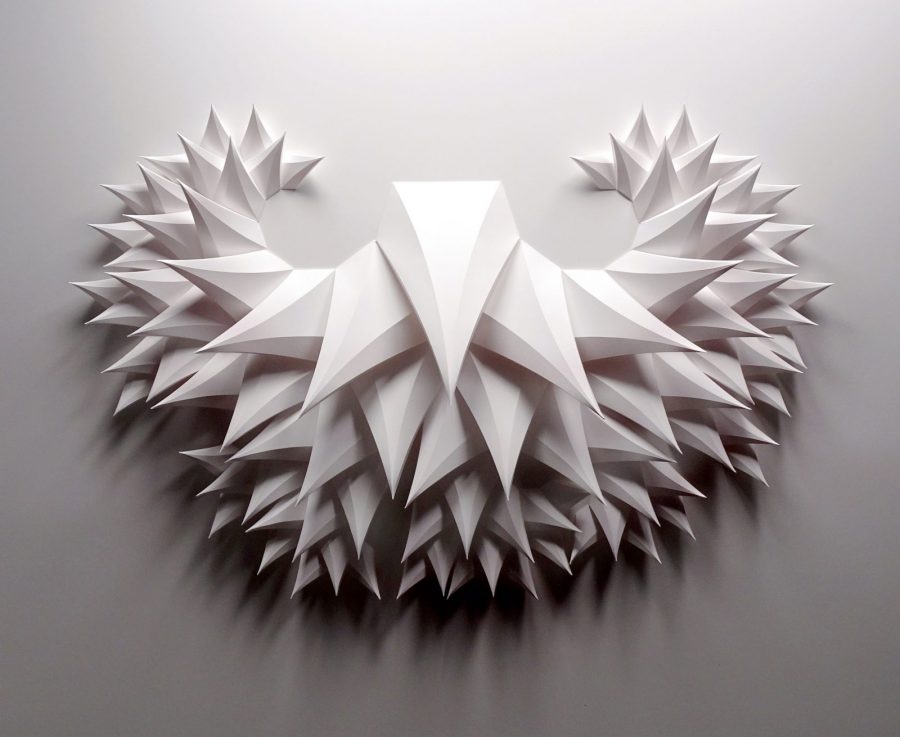
“I love the immediacy of paper as a medium. Often I start without a clear goal in mind – for example on one piece I’ll only use curved folds, or make my lines this length or that angle etc. Other times I begin with an idea: a particular shape or form, perhaps. But along the way something usually goes wrong, and a mistake becomes more interesting than the original idea – so I work with that instead.”
Instagram: @matthewshlian
Drops of Light
By Ashley YK Yeo – Singapore
Using her remarkable kirie skills, Ashley cuts lace-like patterns into the paper – before carefully folding it into shape.
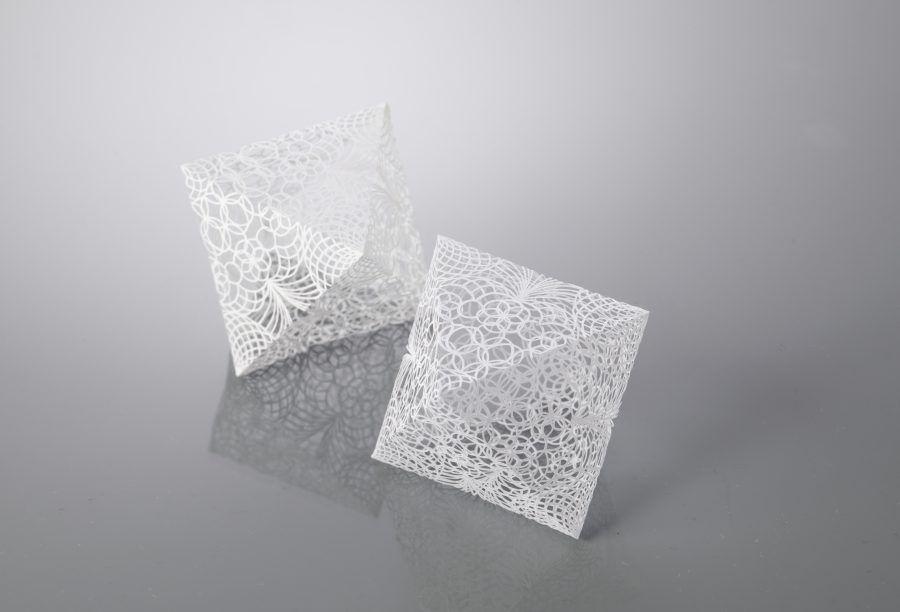
“I have been working with paper for twelve years now, and my pieces are inspired by themes of lightness and slowness. If you are just starting out, you will need lots of patience and care: it’s essential to be meticulous with the paper.”
Instagram: @ykashley
Decorex commission
By Marc Hagan-Guirey – London, UK
Marc practices kirigami in its ‘purest’ form, using just one single piece of paper to make entire 3D structures – with incredible results.

“My main career is as a digital product designer, but I’ve never lost that yearning to use my hands: I’m a pen and paper person. When I’m working on a new kirigami piece, I’ll make several isometric sketches and then dive straight into using Adobe Illustrator to make a more accurate cutting template.
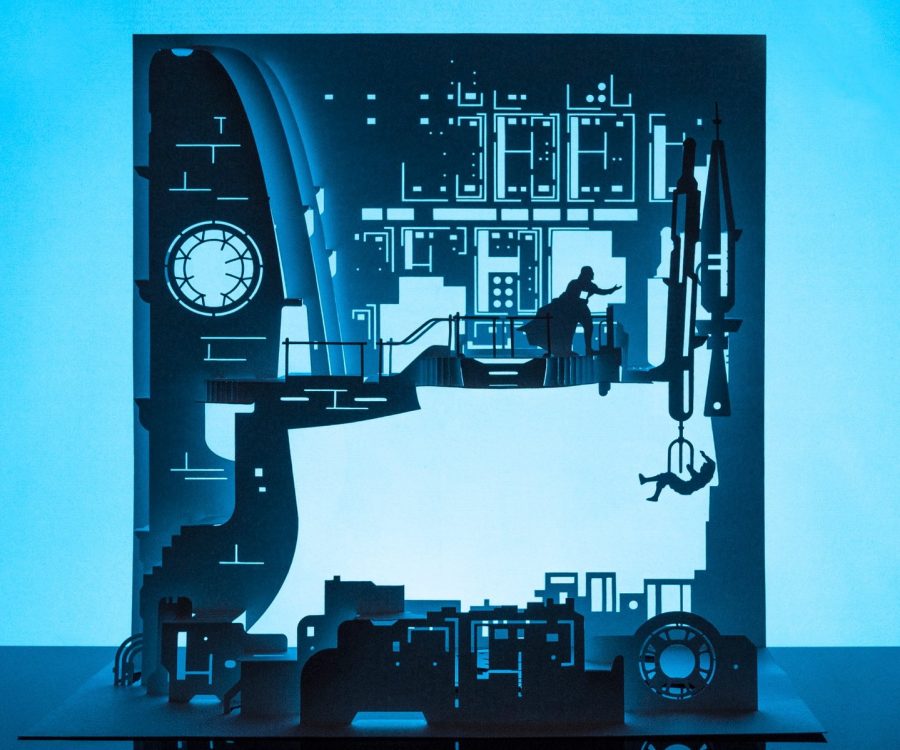
“I don’t make it in any 3D software – I don’t think you can with this craft. I’ve been doing it long enough to know if a fold will technically work. I always make multiple prototypes because these pieces, no matter how well-sketched, have a completely different life when realised in paper. I love that reveal process. It’s part of the appeal for me.”
Instagram: @paperdandy
Jonah10
By Guy Petzall – Ullapool, Scotland
Guy experiments with origami, scoring, and pop-up techniques to make complex moving designs – a concept he calls ‘Ullagami’
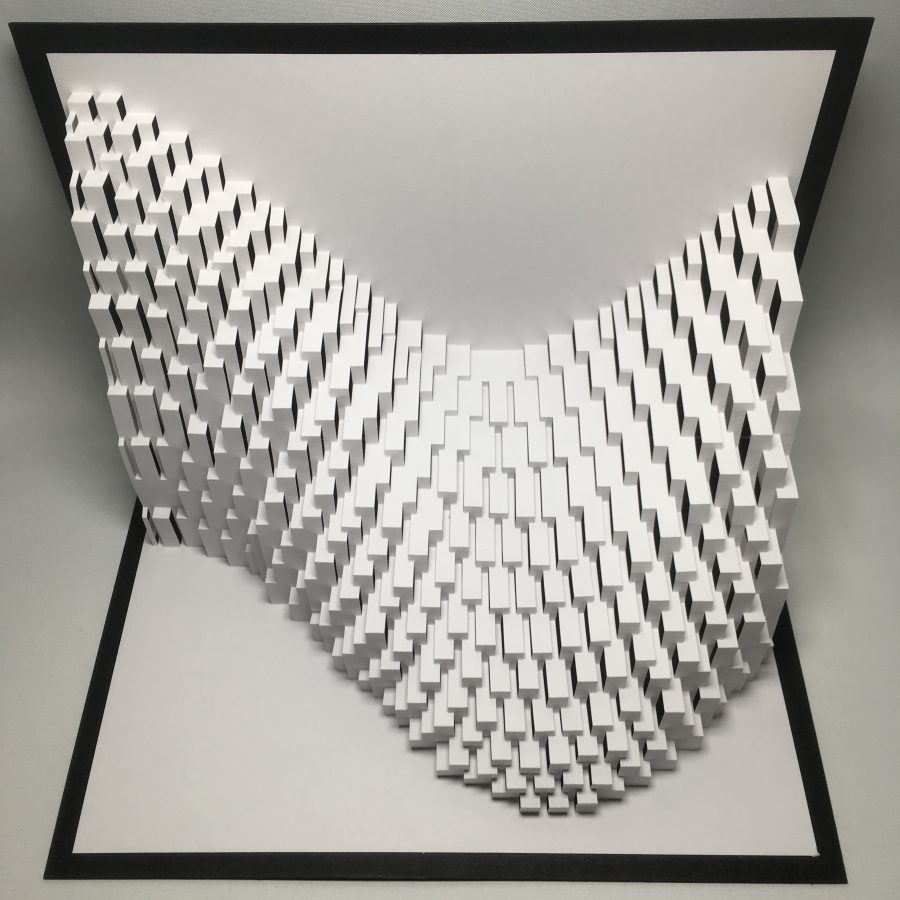
“My models follow three basic rules: they start and end as a single sheet of paper, with nothing added or removed; they are all composed entirely of straight lines; and they must all collapse flat when folded, like a good pop-up should.
“Interrupting the surface of the paper – without removing any of it – opens up a whole world of shapes and geometries. My models are inspired not only by the surprisingly organic elegance that emerges from geometry and maths, but also by the paper itself. It’s awesome to consider all the possibilities that lie within a single blank sheet, waiting to be realised.”
Untitled
By Rania Mousa – Malaysia
Studying augmented reality allowed Rania to see the potential in paper – and build on a life-long passion for design.
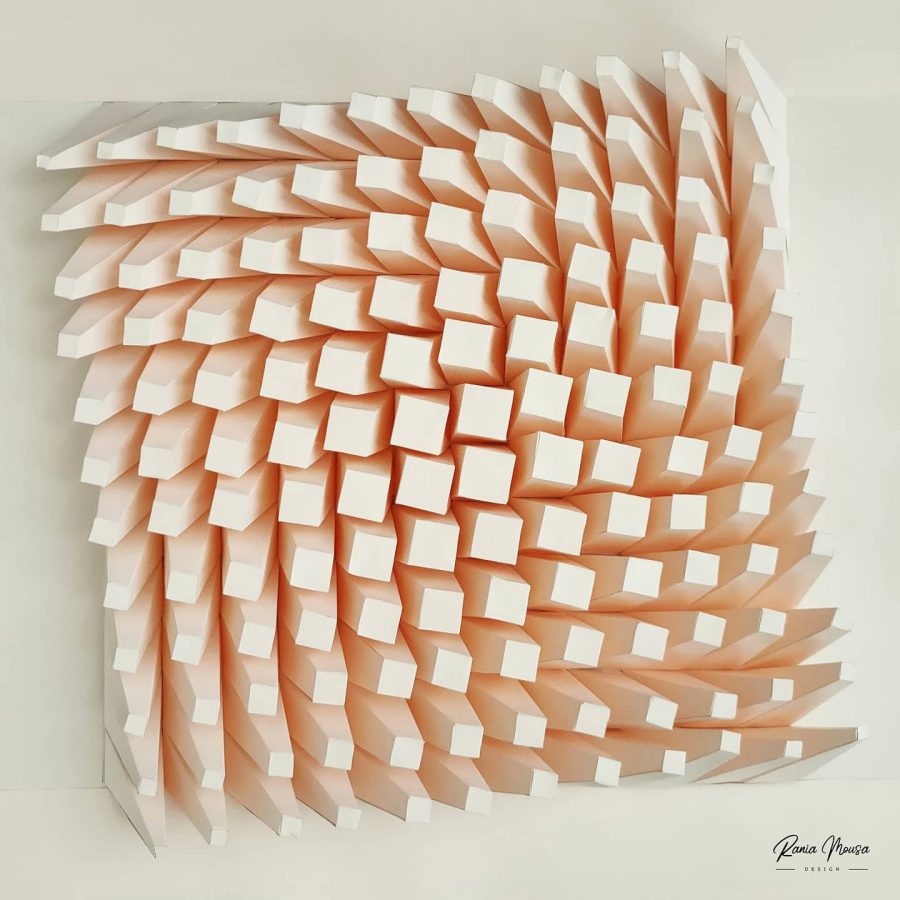
“I’ve been doing paper art for a few years now, but my passion for design started a long time ago. My studies in computer science and augmented reality let me realise that I can use the third dimension in my paper artworks.
“My inspiration comes from geometry, parametric design, patterns and origami. Repeating a pattern is my main concern – using different arrangements, angles, heights, shadows, colours and proportions.”
Instagram: @raniamousadesign
Dimensions #4
By Minna Philips – California, US
Minna is inspired by the intersection between art and science, and has been working with paper and graphite for 20+ years.

“I use paper to create an illusion of different dimensions, to explore the difficulty in perceiving extra dimensions that are not accessible to human senses or technology. Perhaps a merging of art and science might further our knowledge of the universe and how it works.”
Instagram: @minnaphilips
Untitled
By Jhayrenz Bawar – Antipolo City, Philippines
Jhayrenz’s interest in kirigami started when he saw a YouTube tutorial, and was captivated by its style and techniques.
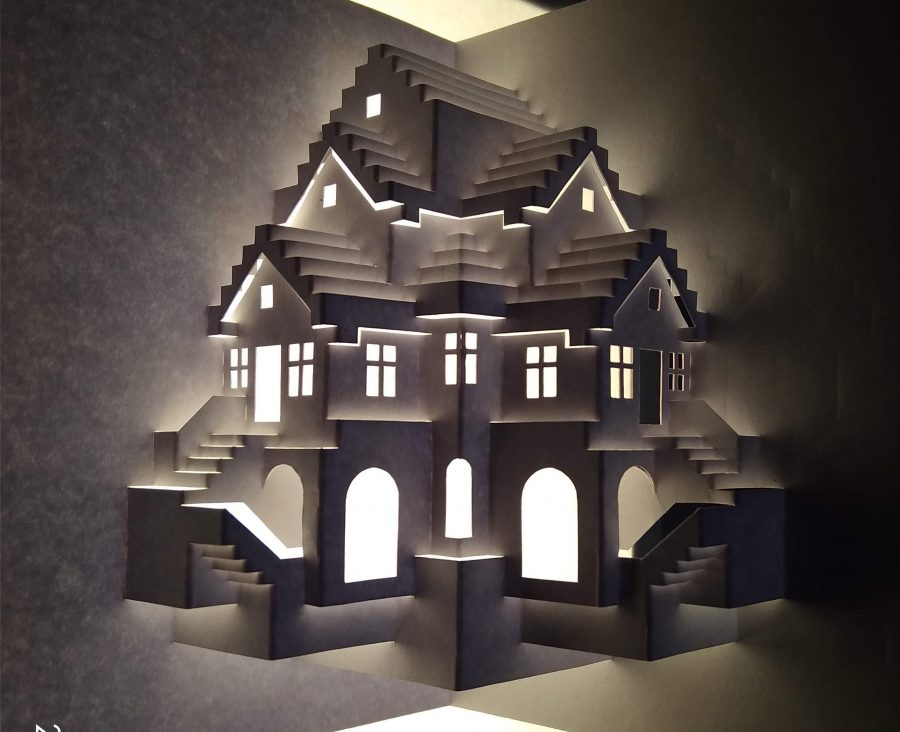
“I’ve been creating kirigami for nine years now, but I’ve been making artwork out of paper since I was a kid. I’ve failed a lot of times, but you just have to do it over and over again – only then can you get it right.
“If you want to learn kirigami, you have to put your heart into it. Never press yourself, just enjoy making it: be creative, be happy about failures, because all of this contributes to your learning in the process.”
Instagram: @jhayrenzbawar
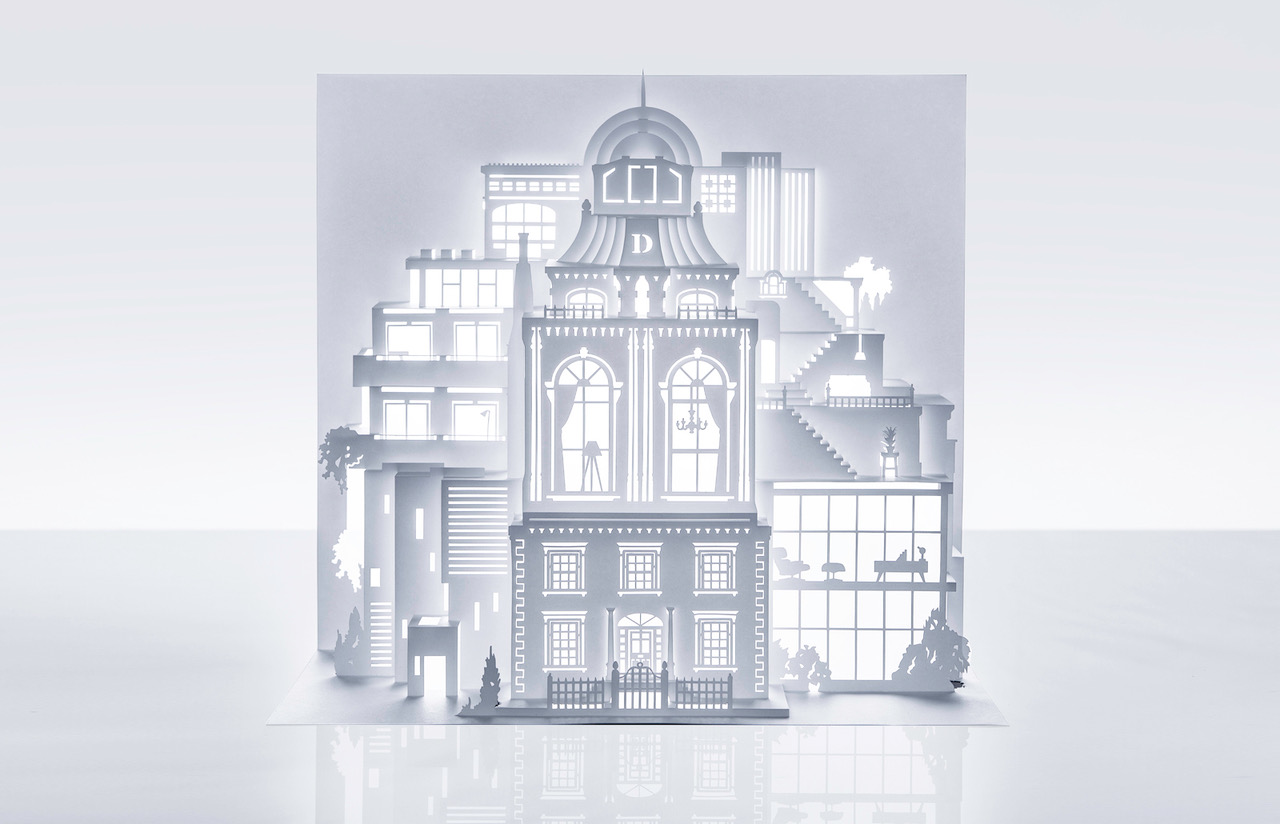
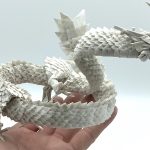
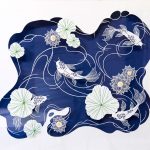




iam creative too i always wanted to learn kirigami like origami too